I know exactly what the Nürburgring is like. Every corner, every camber change, every braking point. I know them all.
Granted, I’ve never been there. But I’ve lapped it loads of times on the PlayStation. Which, of course, makes me an expert. Ahem.
Back in the real world, it takes less than a mile of the 12.9-mile circuit to realise I don’t really know the place at all. Not one corner, one single camber change, or one correct braking zone. So being able to post two quick but, more importantly, consistent lap times at the end of the Scuderia 7 driving course, an exhaustive, intensive two days of training with ’Ring veterans, seems like a tall order.
Anyone can come and spend €26 (£22.50) and drive a ‘tourist lap’ of the Nürburgring, but these can be packed and are intimidating to the rookie. The Scuderia 7 course isn’t cheap at £2050, but the 620 miles’ worth of laps you get for it under invaluable expert instruction and in a much safer (read ‘less busy’) environment seems good value should you end up bitten by the ’Ring bug.
The course breaks the track up into six sections and the participants into six groups. You spend 75 minutes learning each section, then string together some complete laps before the timed assessment.
My car for the course is a Vauxhall Astra VXR. It should be perfect for a ’Ring rookie like me, the pair of us sharing similar limits. The VXR’s tractable turbocharged engine, pointy front end and reluctance to understeer thanks to its clever race-derived differential should all come in handy, too.
And so it proves on the first section we are to learn, starting at Klostertal, two-thirds of the way around, and ending at Brünnchen. Near the start of this section, however, is the circuit’s most famous corner, the Karussell.
It’s quite a baptism. You drop into the Karussell’s banking at its second concrete plate, braking from 95mph to 50mph, and then hang on, keeping a consistent lock and hoping you don’t get spat out too early. “I’ve seen people come out earlier, fly into the air, clear the barrier and end up in the forest,” says our instructor, Bernd. It’s also much bumpier than the last carousel I enjoyed, in Great Yarmouth.
‘Hanging on’ is a theme that continues for the rest of the section. A relentless series of left-right combinations taken at around 70mph in third follows, with some of the few kerbs on the track you can actually attack on the run up and then down to Brünnchen. Deep breath time.
Section two for us is the last part of the lap. The ascents and descents are steep, there are a couple of places to get airborne (one of which has ‘AVE IT’ graffitied onto the track to goad you before take-off) and there’s even another mini-Karussell, as if there isn’t enough to think about.
Then it’s on to the long, long main straight, where you really can take a breath. Or a drink; you really need to take on a lot of water to keep your concentration up.
Refreshed, it’s time for our third section, the first of the lap, a fast series of left-right complexes and chicanes at Hatzenbach before the run up the hill to the ludicrously fast Flugplatz right-hander. Your lap in this part of the section can be over before it starts; I particularly struggled with too fast an entry speed into the slow left-hander at the start of the Hatzenbach section.


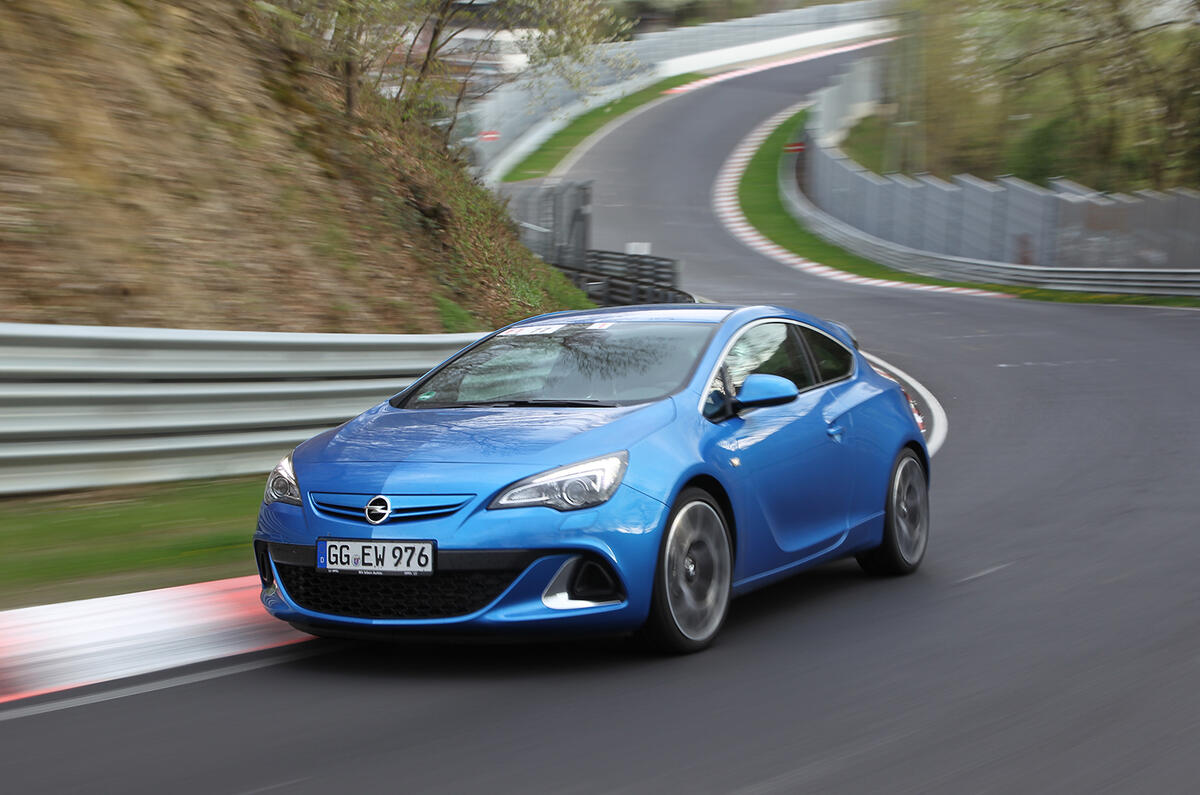

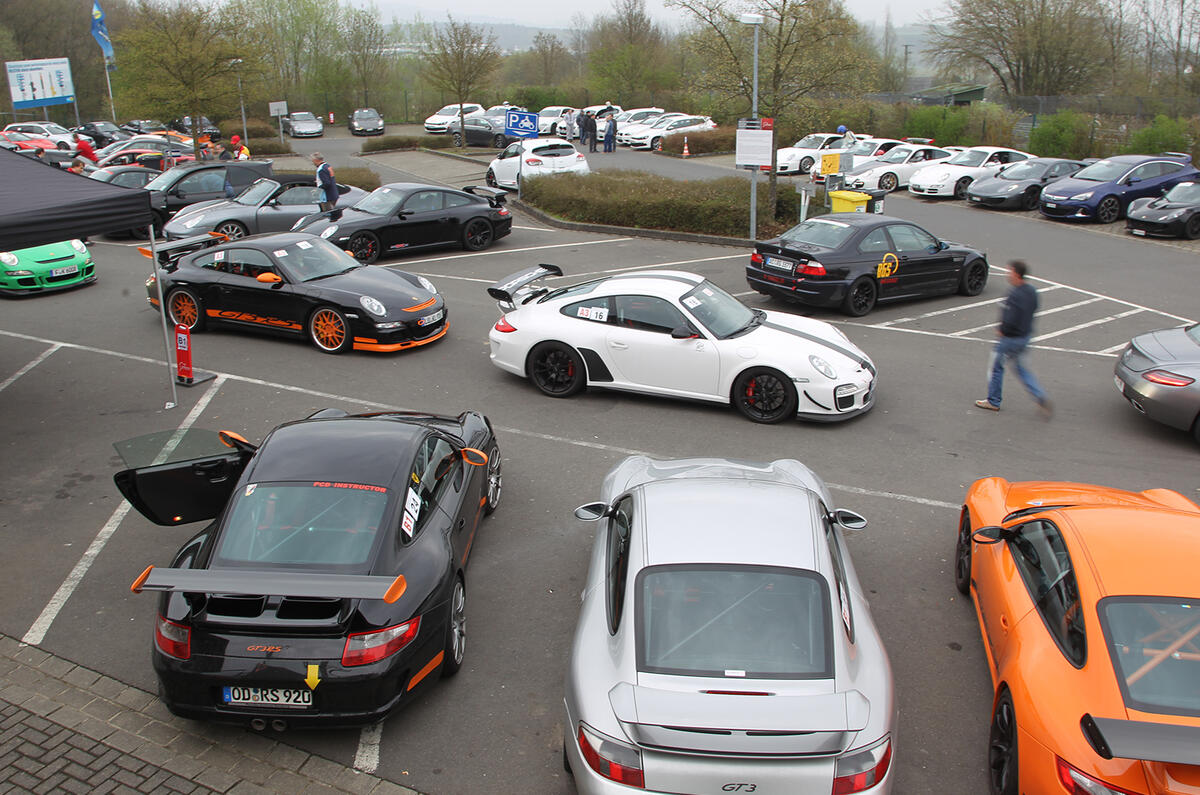
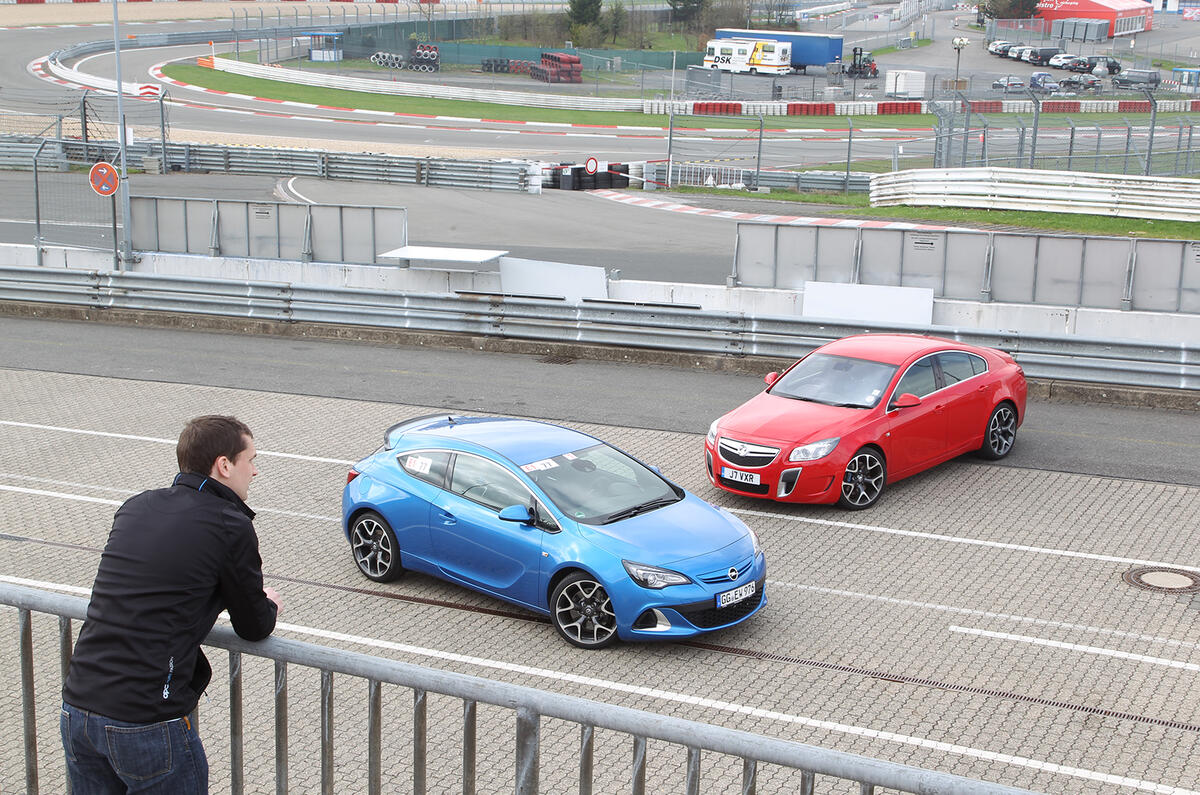
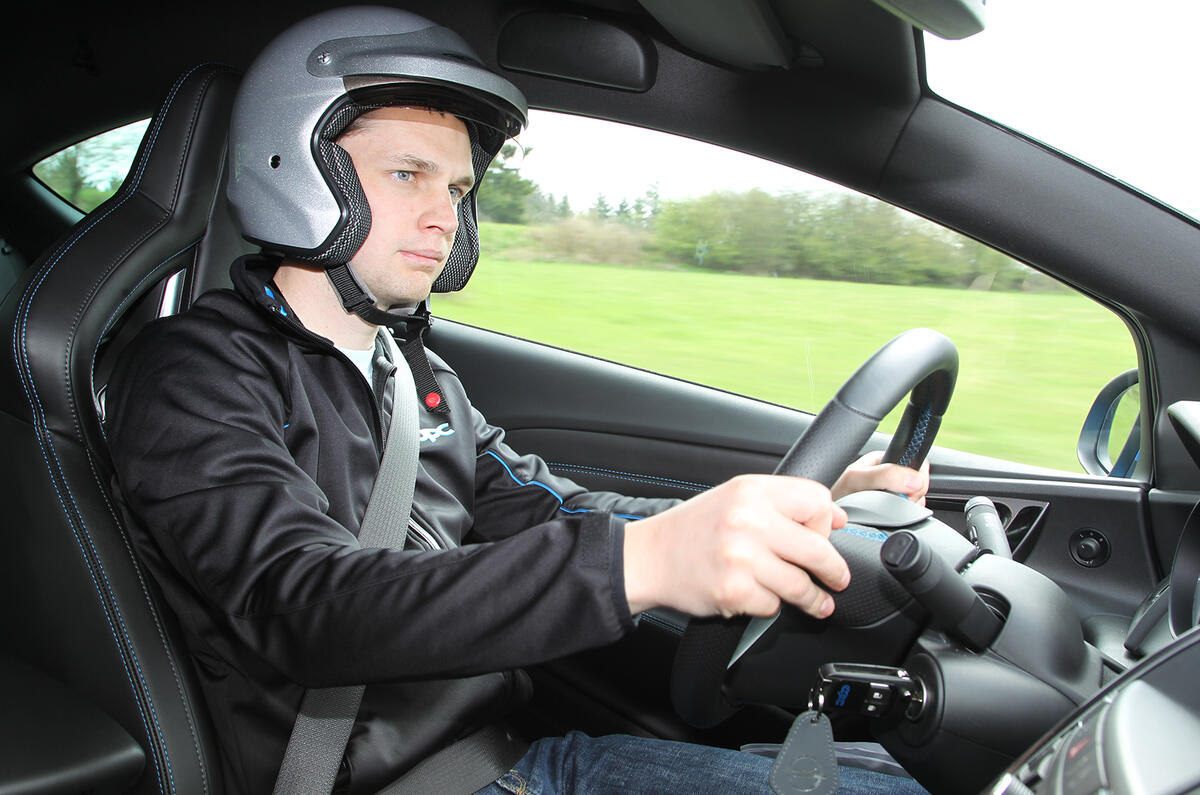
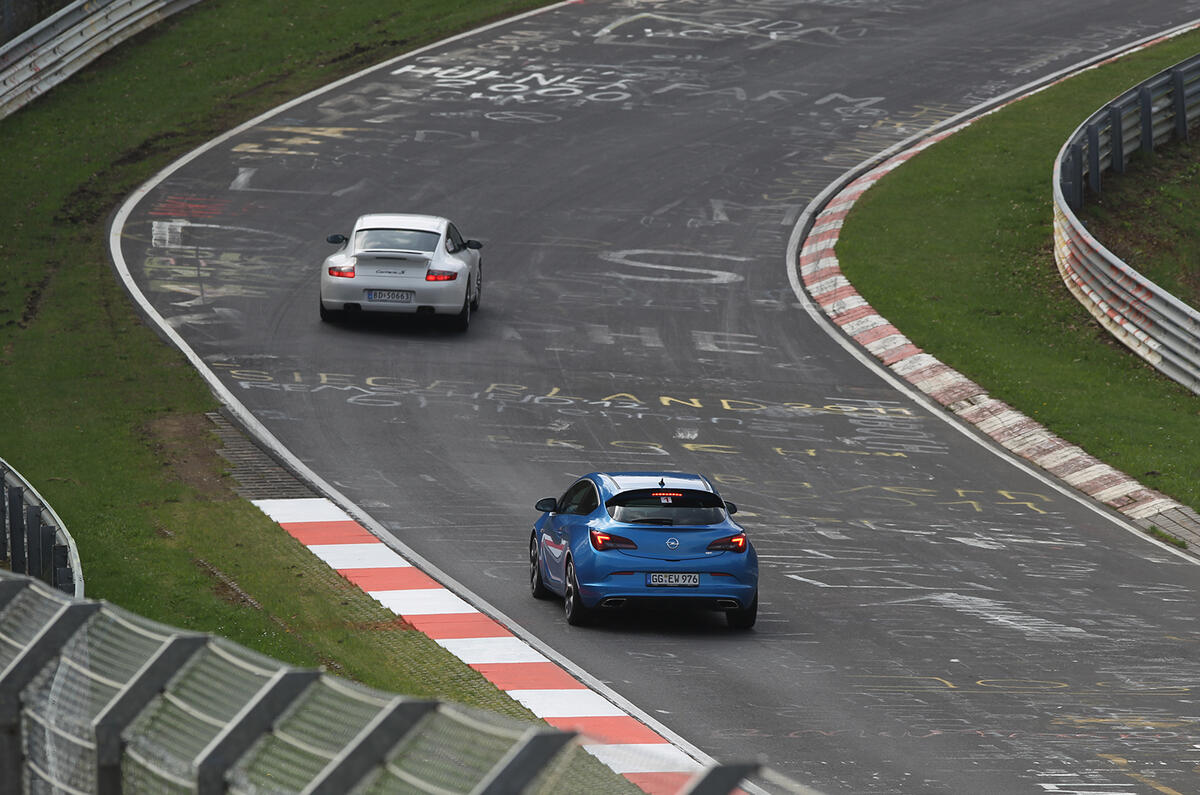
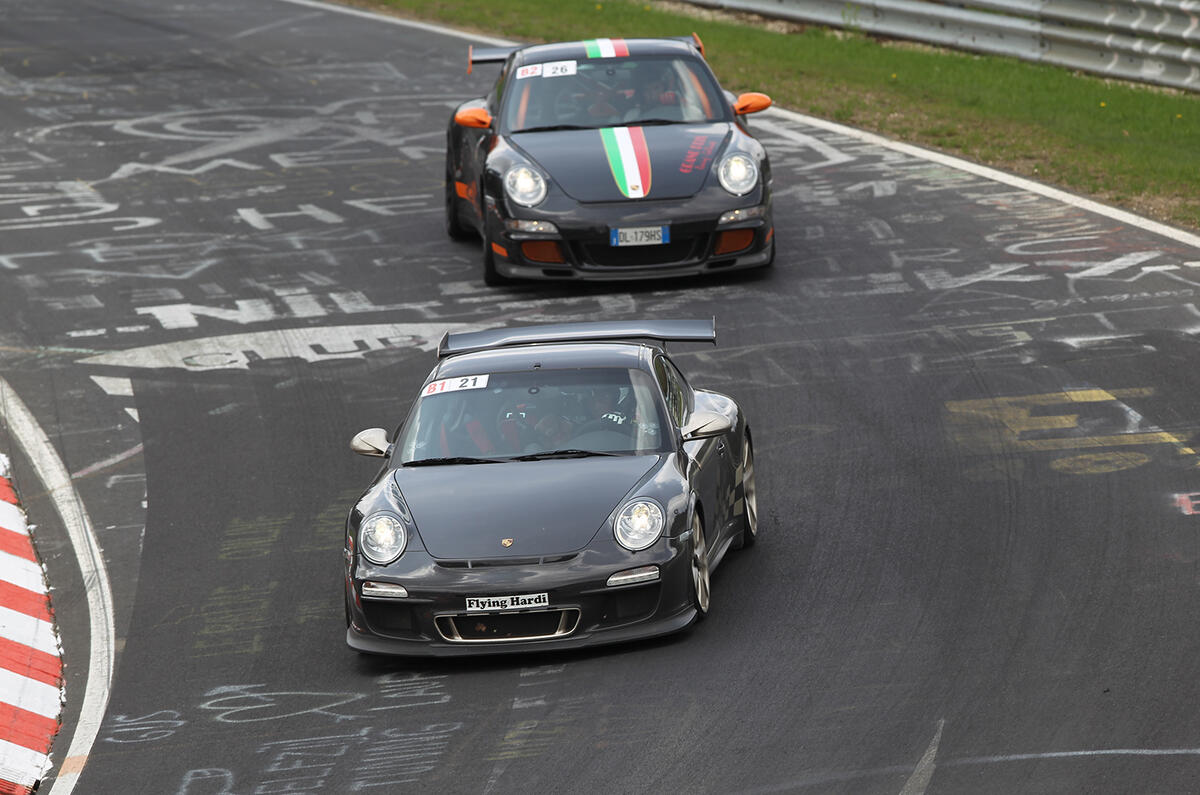
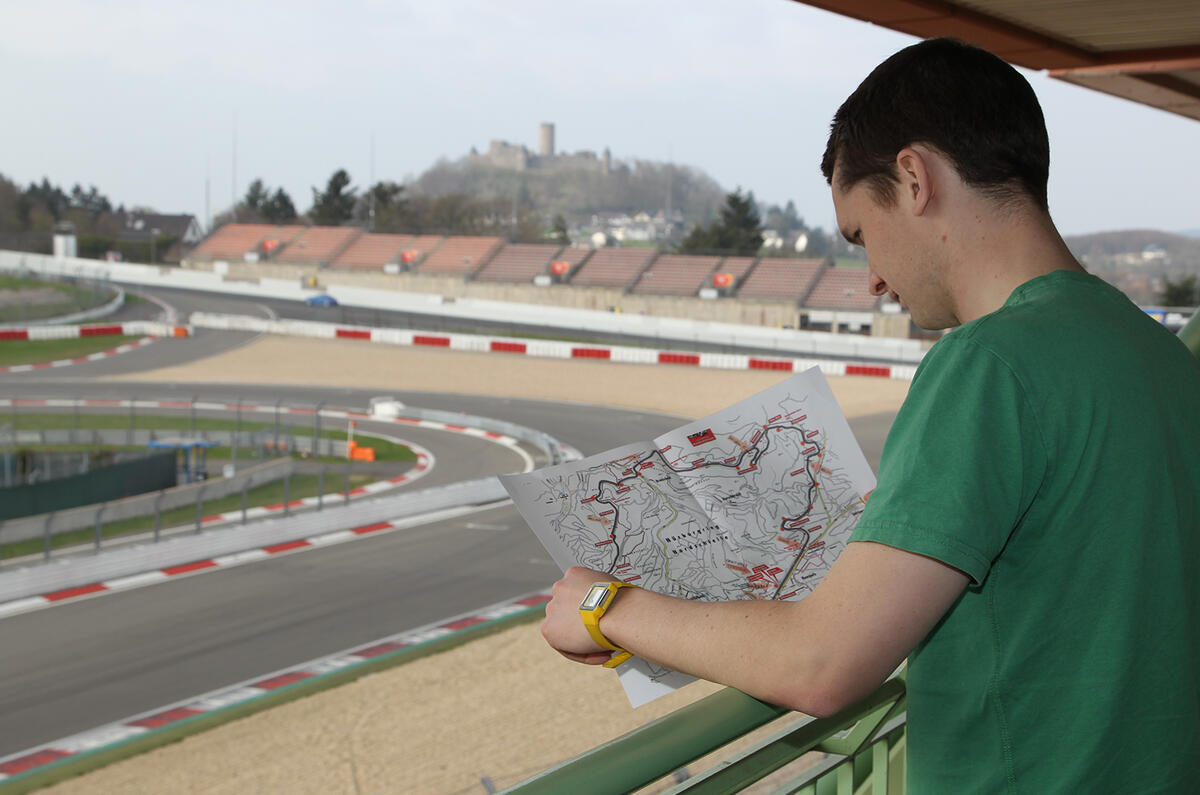
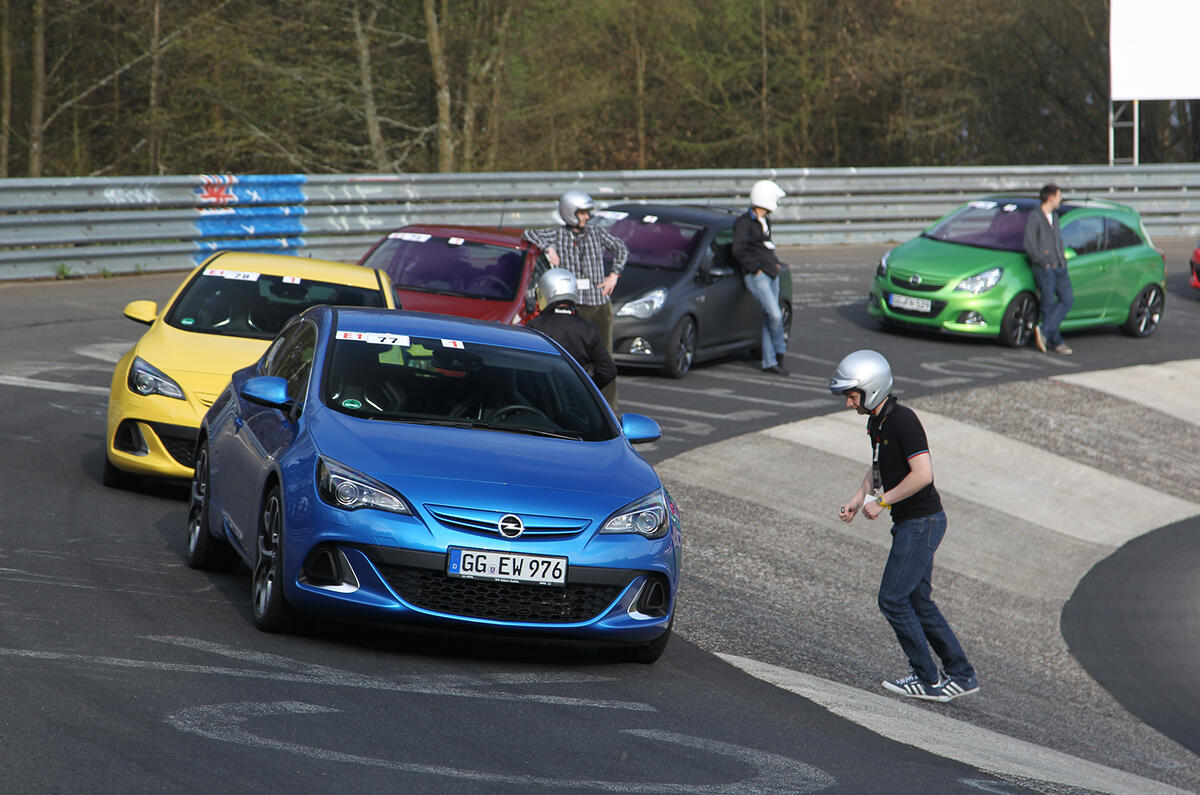
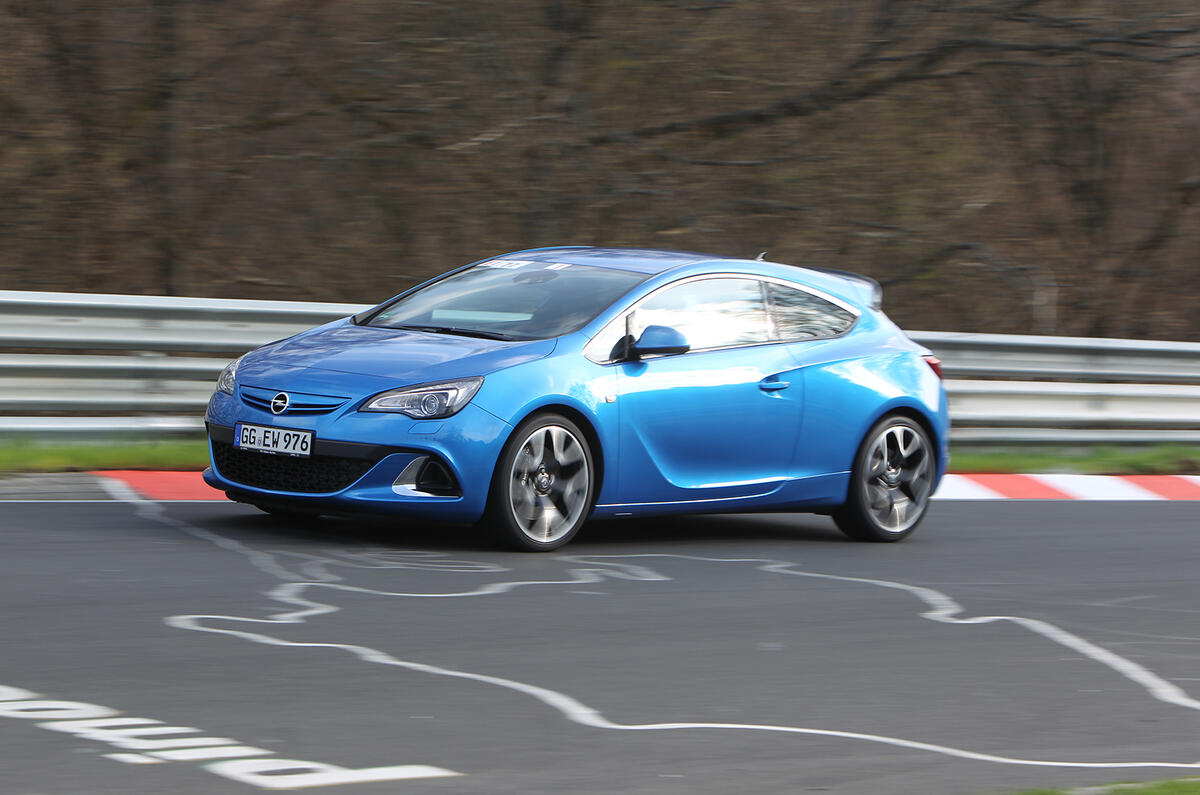
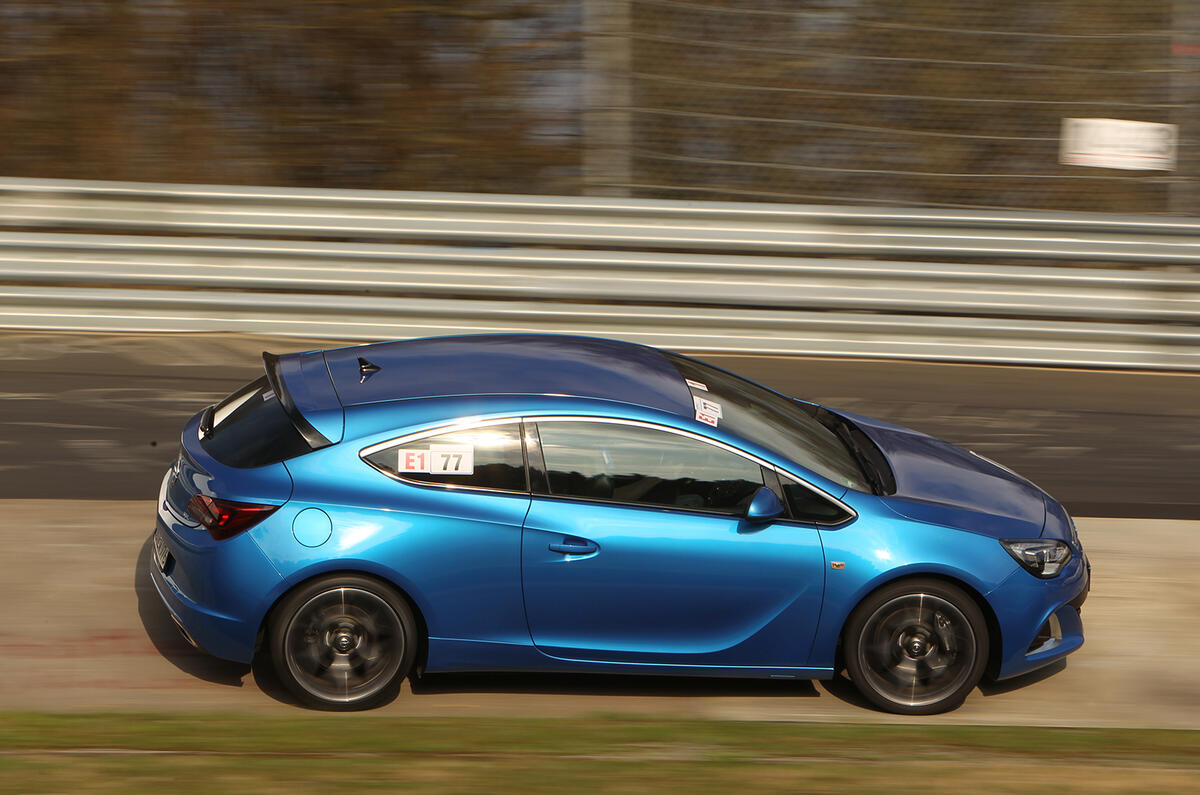
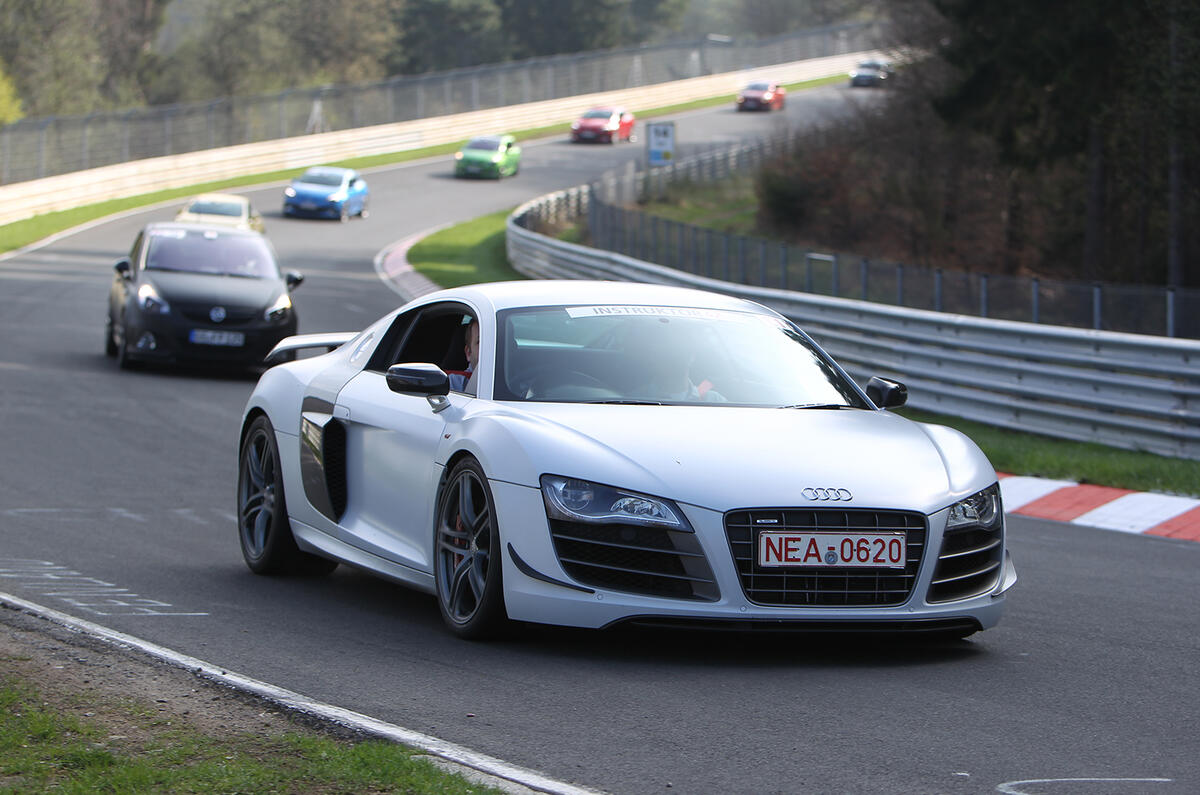
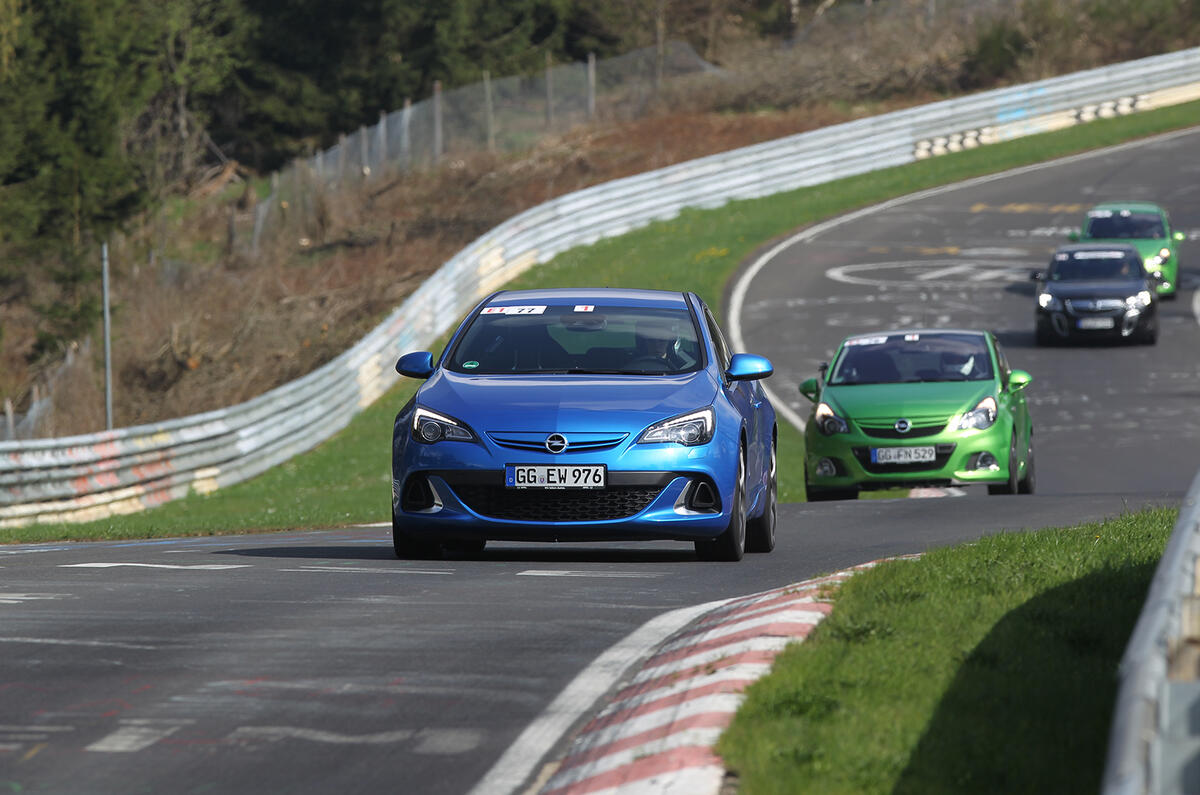
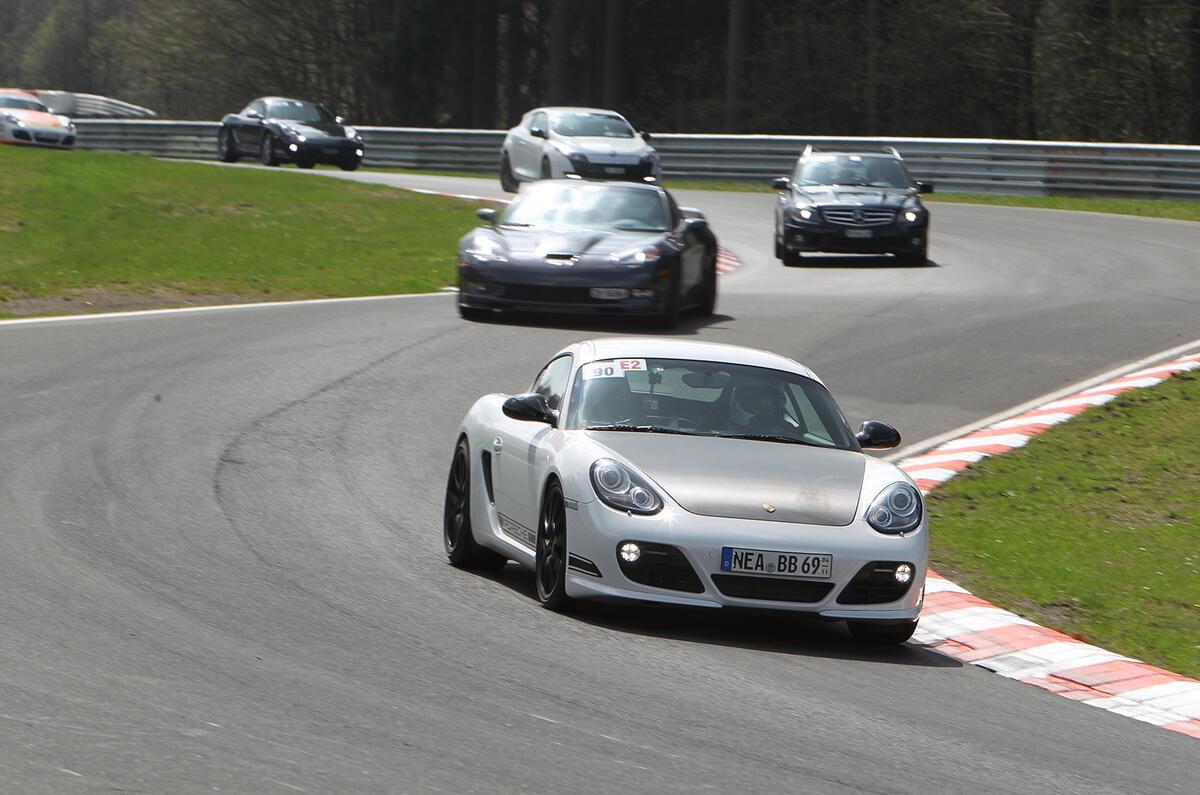
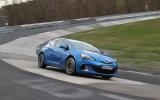
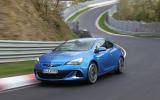
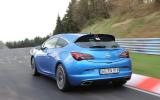
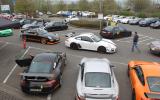
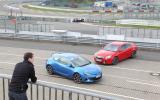
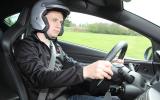
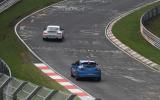
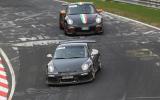
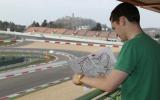
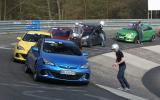
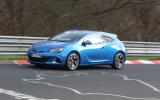

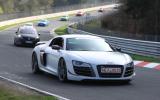
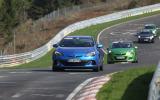
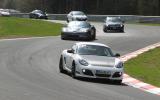






Join the debate
Add your comment
Great write up. I recently
Great write up. I recently did a half a day course during a trackday and I absolutely agree with what's been said. With fast traffic en route you quickly gain perspective and respect. In the end, one finds out that the key to being quick on the Nurburgring is lots of time (and money) invested in memorizing the track.
Respect the Nur.
Nordschleife truly lives upto it's uncanny reputation. If I were an avid novice willing to take on the entire course in a front wheel drive vehicle.. Please let it possess moderate(308) power with slight, torque steer (Focus ST) along with some tactile feedback from the transmission.
As opportunistic as it sounds, The Nur shouldn't be viewed as a tourist trap with 35km/hr leisurely strolls, up the beautiful Dottinger Hohe. What an absolute gem! I'd spend every waking moment there, exploring it's profound lineage.